Combine black and white in equal amounts to mix a basic neutral grey paint. Add more black to get a darker gray or more white to get a lighter gray. It’s pretty simple. You might even say it’s black and white. (🥴 sorry.)
But there are many shades of gray, and not all use black and white paint. Gray color can also be mixed with the three primary colors: red, blue, and yellow.
You can mix beautiful grays using complementary colors. A complementary color is a primary color such as blue and its opposite on the color wheel, in this case, orange. I have a post on complementary colors if you want to learn more about them.
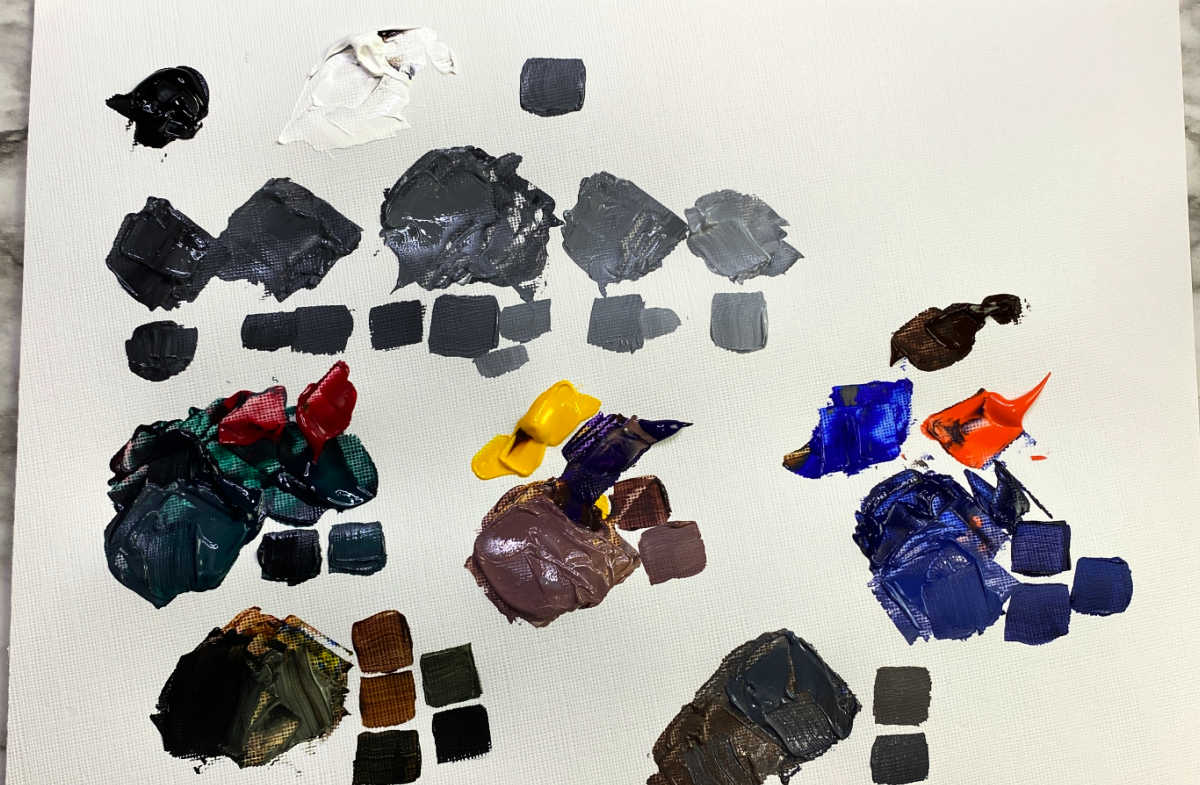
Gray might seem like a mix of black and white, but it actually has many different shades that artists can use. Shadows are not just a mix of black and white; they reflect the colors around them, so it’s important to learn to mix gray with other colors. This post will show you how to make different kinds of gray by mixing various amounts of black, white, and other colors.
I have included a printable color chart at the end of this post. You can save or print it to use as a guide when mixing gray colors.
NOTE: Computer screens, phone screens, and printers don’t always accurately show the different colors, and paint pigments can vary slightly between different manufacturers. For this reason, I always recommend making your own swatches with the colors you have so you will have a more accurate reference.
This post may contain affiliate links. If you click a link and buy, I may receive a small commission. Please see my full privacy policy for details.
Basic Gray Mix
To mix a basic neutral gray color start with a simple 1:1 ratio of black and white. You can add more white or black to lighten or darken the shade. Remember, a little black goes a long way, so start with a tiny amount and add more as you think you need it.

Using Primary Colors
To get a “primary gray,” mix all three primary colors, red, yellow, and blue, together in equal amounts. The gray will be flat and dull. Add a little more red to warm it up or a little more blue to cool it down. You can also add a little white to lighten the color.
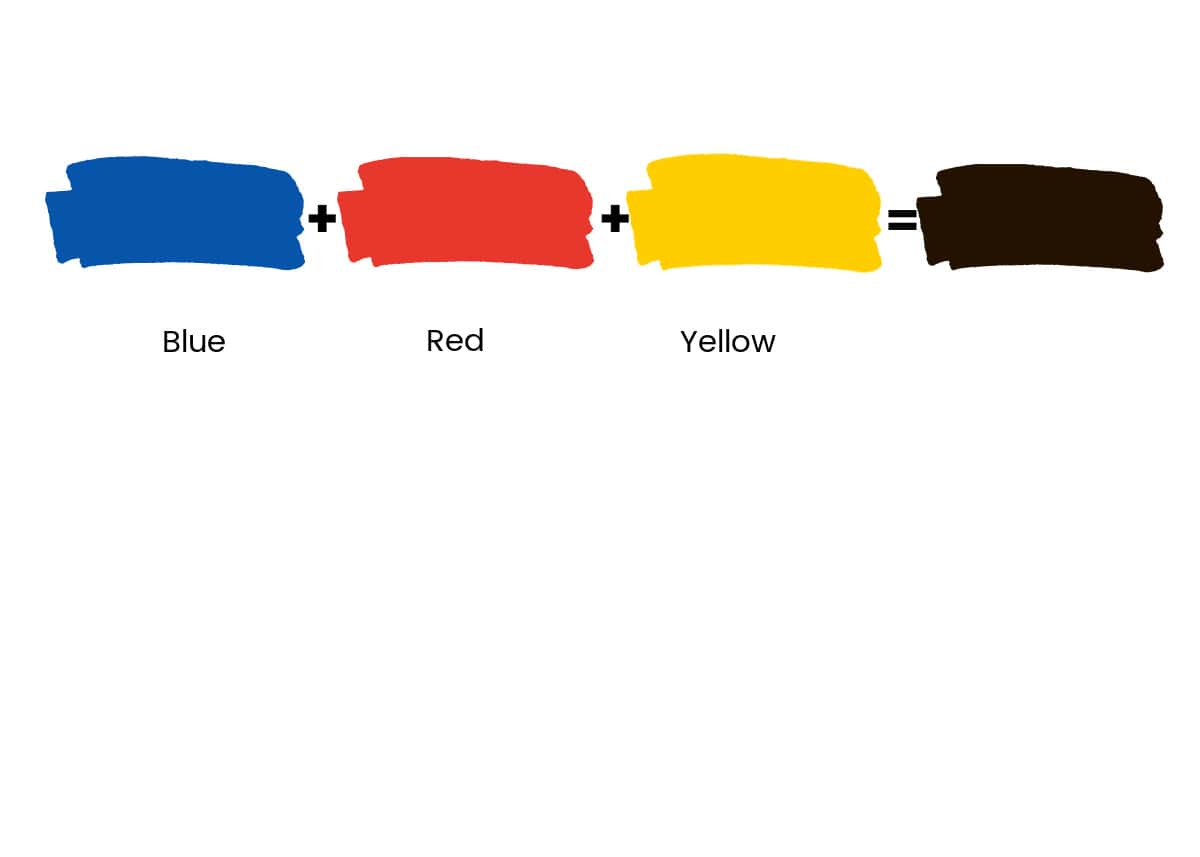
Gray From Complementary Colors
Mixing complementary colors (like orange and blue) in the right proportions can also create interesting grays.
Complementary colors are colors directly opposite each other on the color wheel. When mixed in equal parts, they naturally neutralize each other, resulting in a shade of gray. These will be dark colors, but you can add titanium white to get the shade you want.
For example, mixing ultramarine blue with burnt sienna can produce a beautifully complex neutral gray.
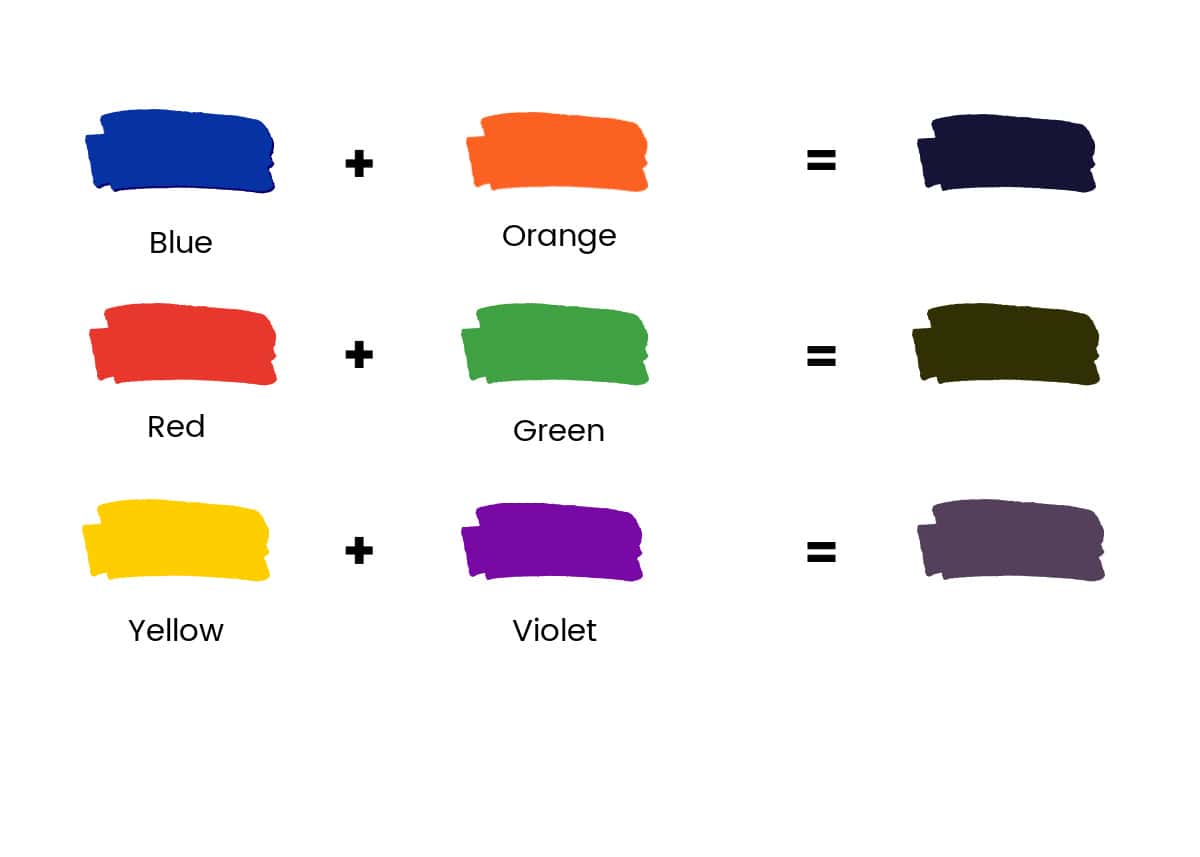
Warm and Cool Grays
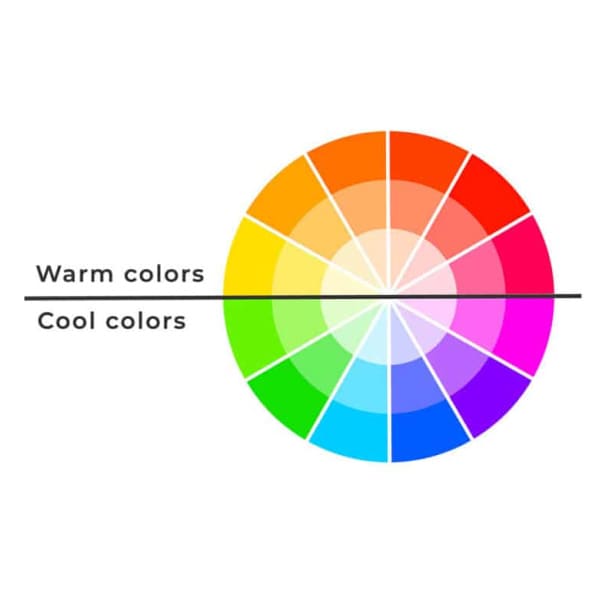
Adding a tiny amount of a primary color (red, blue, or yellow) to your black-and-white mixture can subtly shift the gray’s temperature.
For a warm gray, consider adding a hint of a warm color like burnt sienna or Cadmium Red.
Cool grays can be achieved by adding cool colors, such as Cerulean blue or Viridian green. They work beautifully for shadows, water, or the cool light of a moonlit scene.
This technique also works with the grays you have purchased.
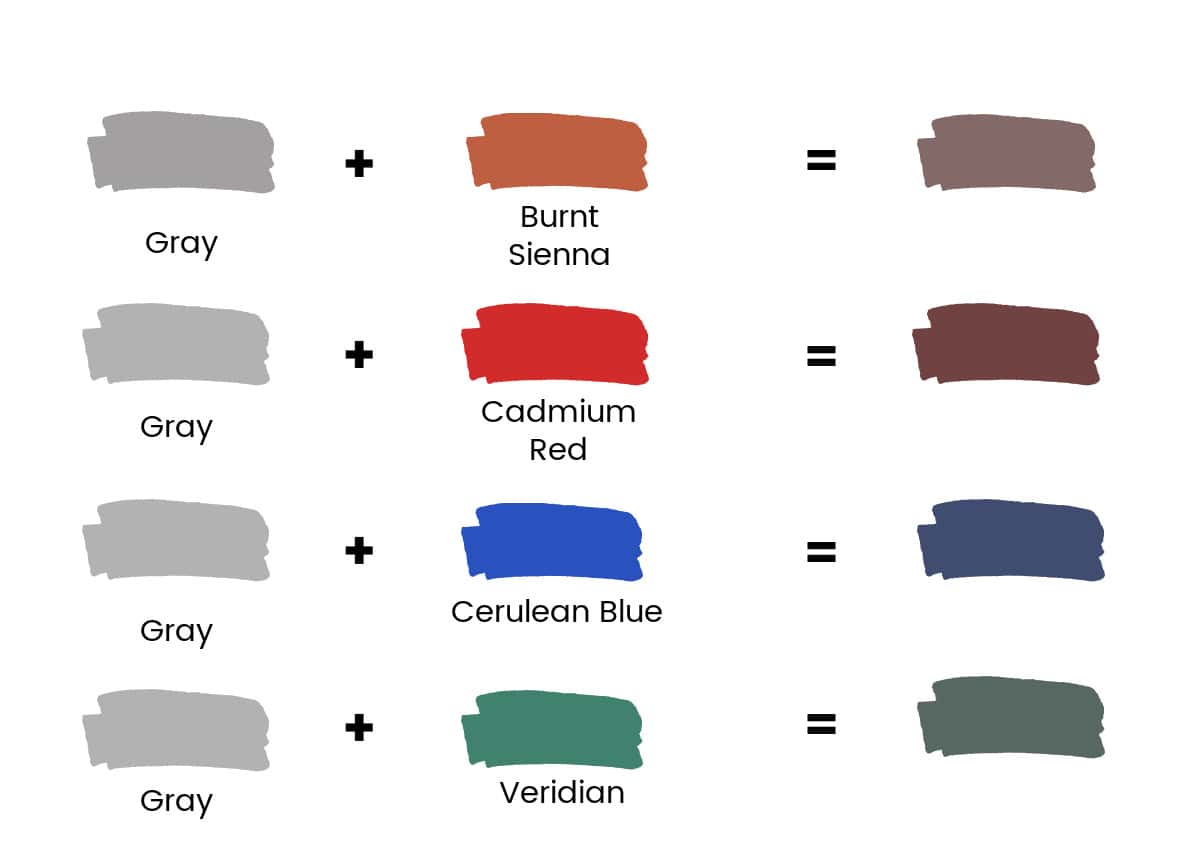
Color temperature plays a role in a painting’s mood and spatial dynamics. Warm grays, evocative of warmth and light, can bring elements forward, making them stand out, while cool grays, reminiscent of shadow and depth, can push parts into the background. You can learn more about color temperature from my post about warm and cool colors.
Using these temperatures strategically can add depth and realism to your work.
A note about Ultramarine Blue: It is often considered a warm blue because it leans towards purple, so it has some red in it. You will see the purple color if you add a little white to the Ultramarine.
However, I have found that adding Ultramarine to Burnt Umber or Burnt Sienna gives me a lovely cool gray.
Color can often be subjective, and I’m not sure how much Parkinson’s influences my color perception, so try it out yourself. I think this combination, mixed with white, gives me the best gray.
You can always add more Burnt Umber or Burnt Sienna to warm the color.
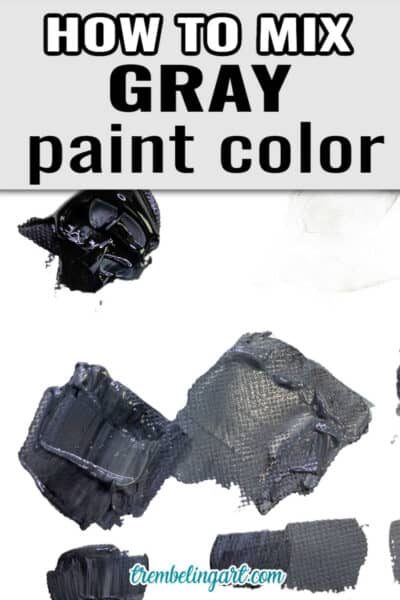
Remember, there’s no single “correct” way to mix paint. Each artist’s approach is unique, just like their art. Embrace the process and experiment with the color mixtures. Keep a color-mixing “recipe book” that you can refer to at any time. A watercolor sketchbook would be a good book to use for this.
Here is a color chart you can download, save, or print for future reference. The colors are approximate since screens and printers can vary. Just click the image to download or print.
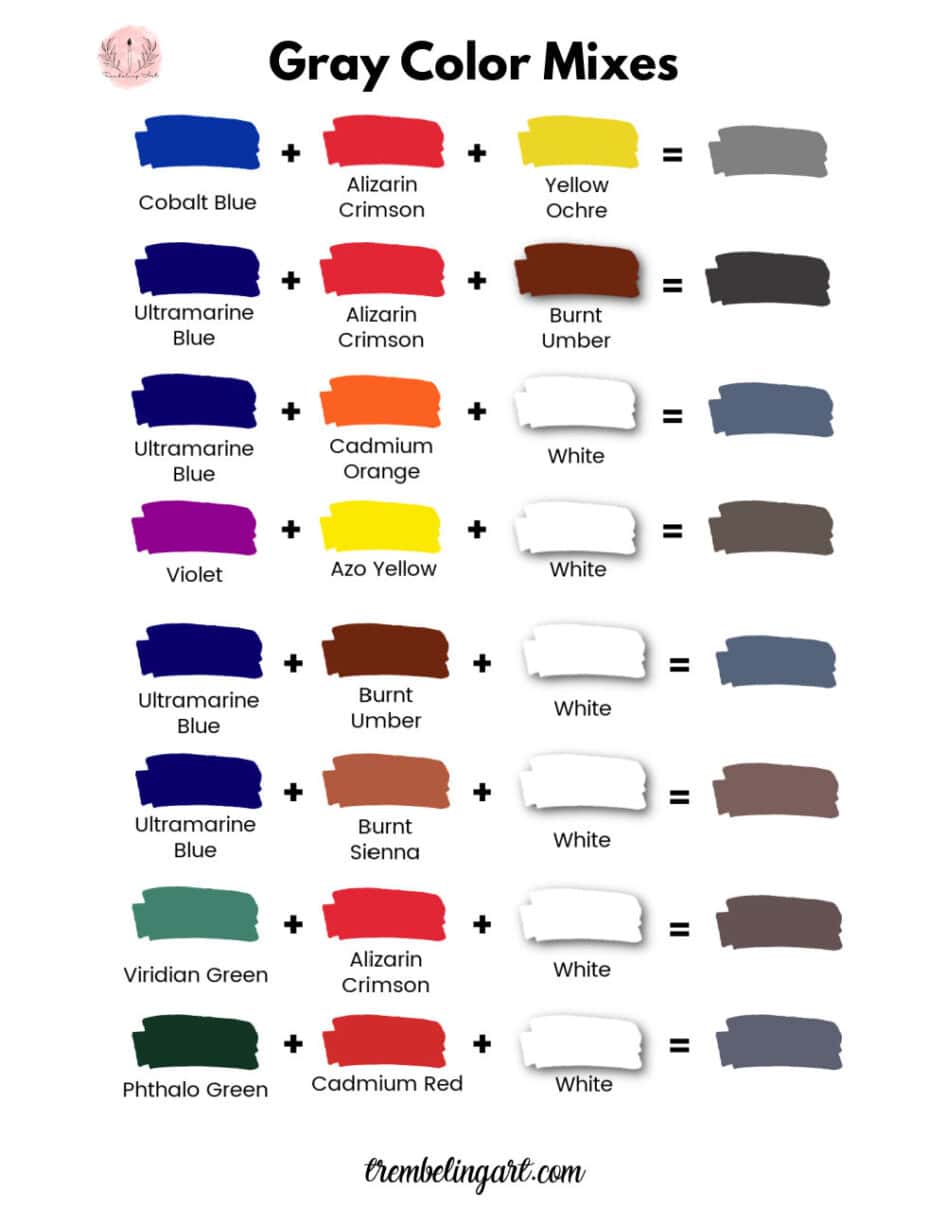
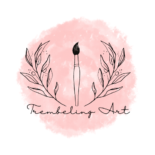
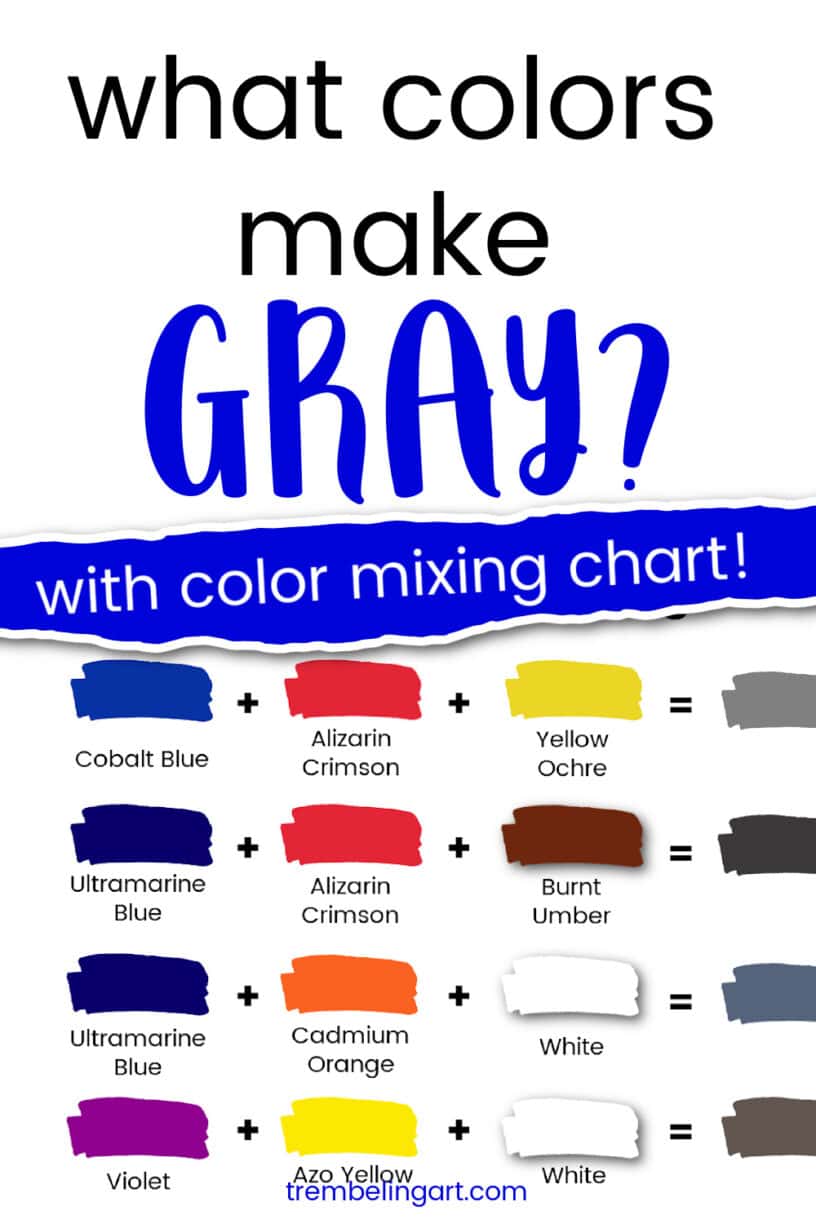
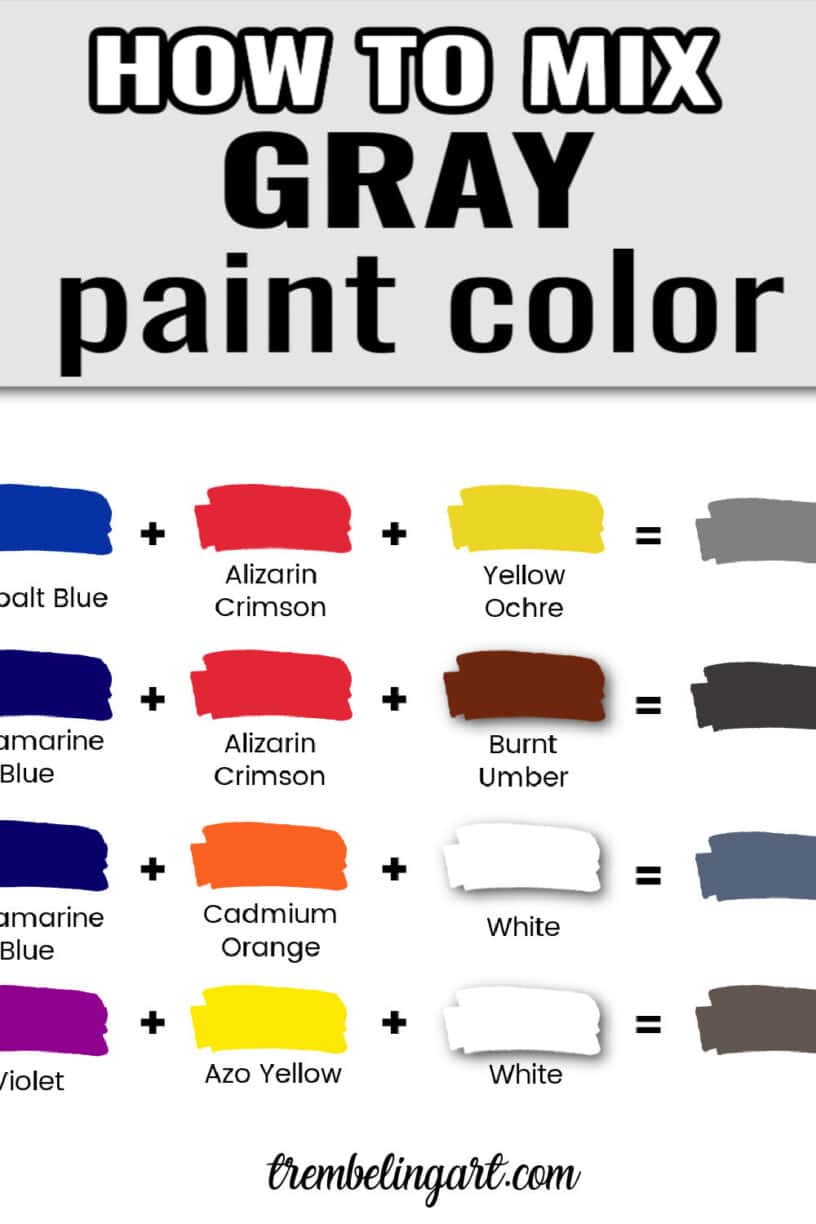
Great article and the best is the great approach you are doing towards the Parkinson’s desease. Your color mixing are helping me a lot. Thanks
I am so glad the articles are helpful. 😊